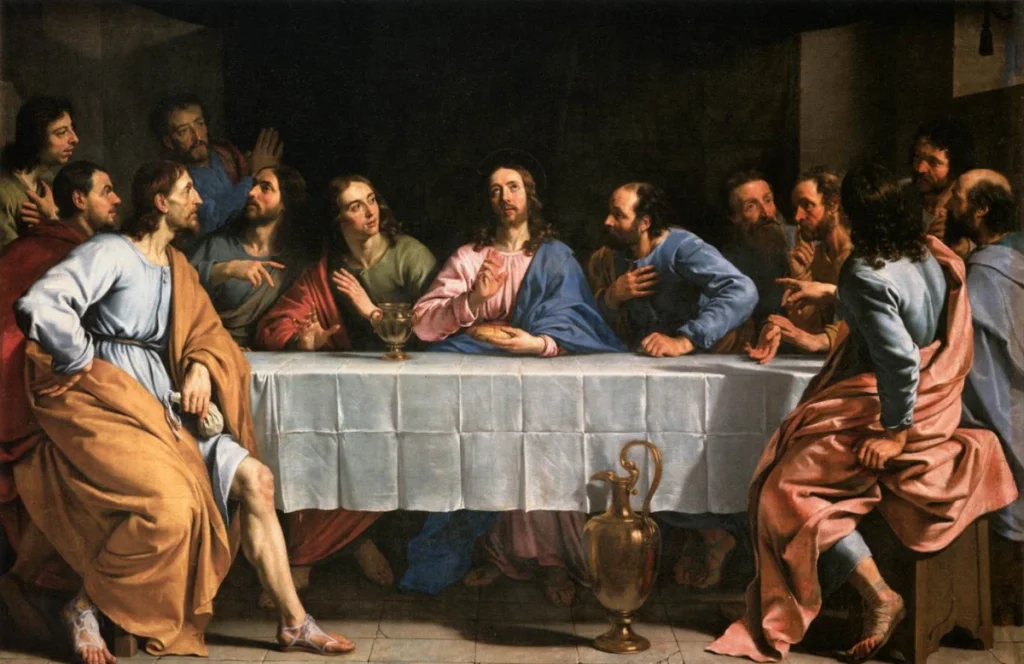Philippe de Champaigne’s The Last Supper, a French Baroque Gem overshadowed by da Vinci’s
Philippe de Champaigne (1602–1674) was a highly influential French Baroque painter whose work transcended religious, political, and artistic boundaries. Born in Brussels and later settled in Paris, Champaigne became one of the leading artists of 17th-century France. His paintings, especially in religious art and portraiture, are celebrated for their technical brilliance, emotional depth, and spiritual intensity.
The Last Supper – Not by da Vinci, But by Champaigne
Philippe de Champaigne’s The Last Supper (1648–1652) is a monumental religious painting that captures the profound moment of Jesus Christ’s final meal with his disciples. Often mistaken for Leonardo da Vinci’s version, Champaigne’s work stands out as a quintessential French Baroque interpretation of this sacred event.
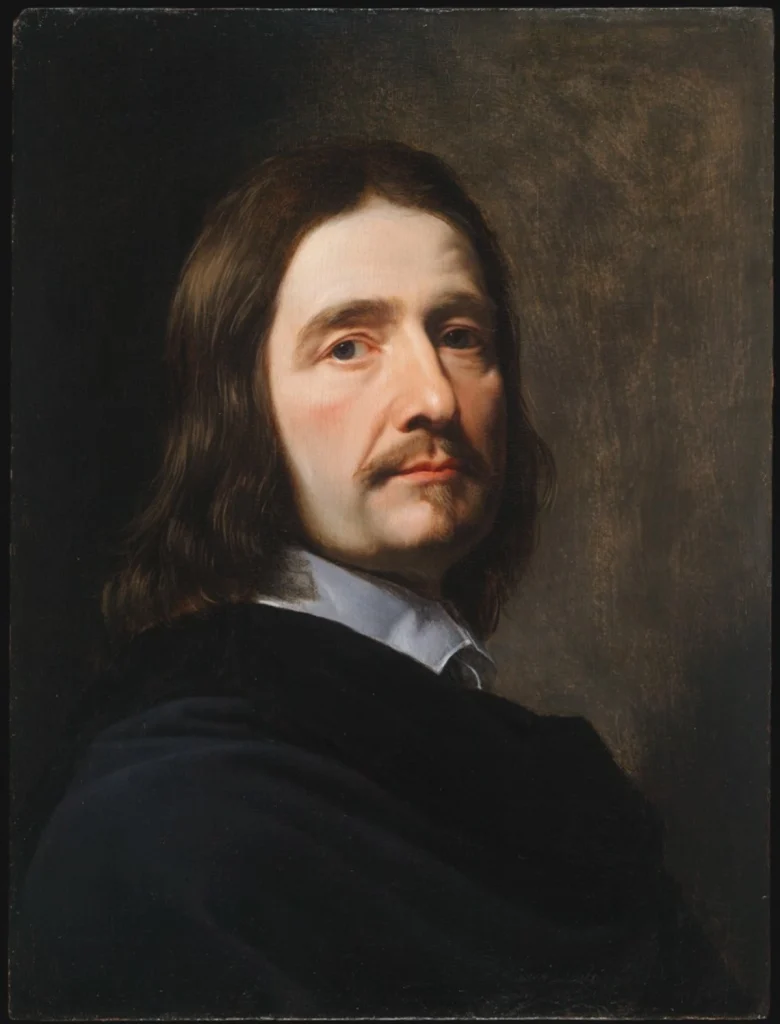
Courtesy – Wikimedia Commons
This masterpiece is characterised by meticulous detail in facial expressions and gestures, strategic use of light and shadow to enhance drama, a semi-circular composition that adds dynamism and depth, and emotional resonance, with each disciple captured in a moment of personal response.
Champaigne’s The Last Supper exemplifies the Baroque era’s emphasis on emotion, movement, and spiritual engagement.
Master of Portraiture: Cardinal Richelieu
In addition to religious works, Champaigne was an exceptional portrait artist. One of his most iconic portraits is that of Cardinal Richelieu, painted circa 1633. Richelieu, the powerful chief minister to King Louis XIII, is depicted with authority and solemn grace.
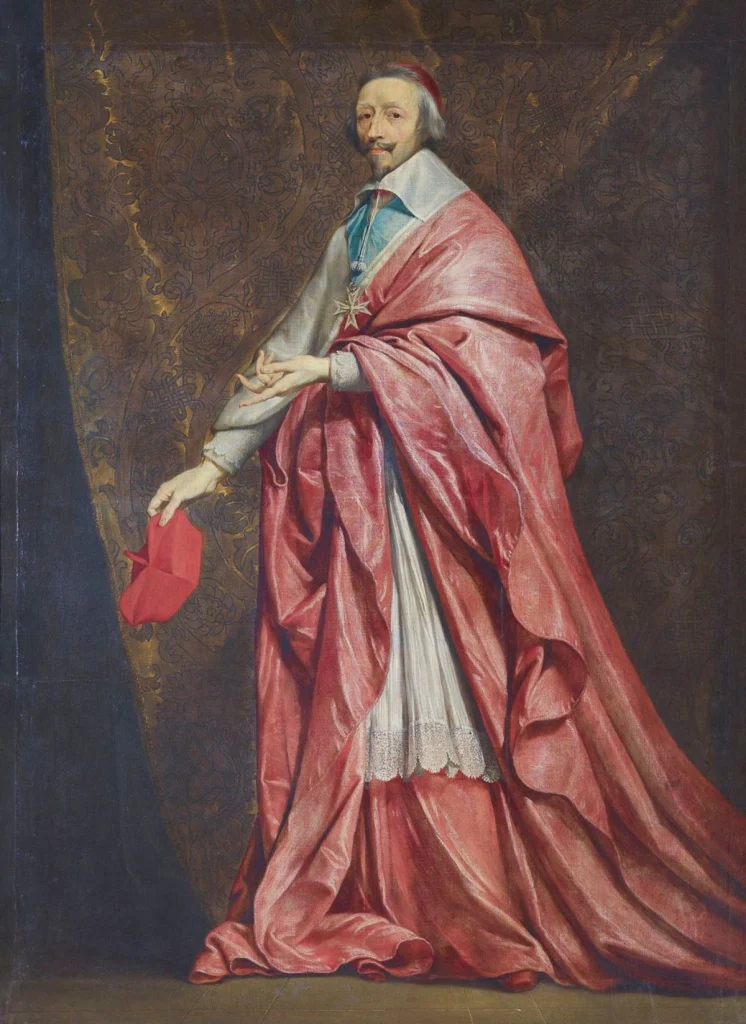
Courtesy – Wikipedia
Key features of this portrait include a subdued colour palette reflecting moral seriousness, intricate rendering of textiles and textures, and a powerful presence that captures Richelieu’s political and spiritual authority. This work highlights Champaigne’s skill in portraying both character and status with artistic finesse.
The Ex-Voto Series: Votive Art and Spiritual Redemption
Champaigne’s Ex-Voto series remains a cornerstone of votive religious painting. These works were expressions of gratitude for divine interventions, often commissioned by individuals who experienced miraculous healings or escapes from danger.
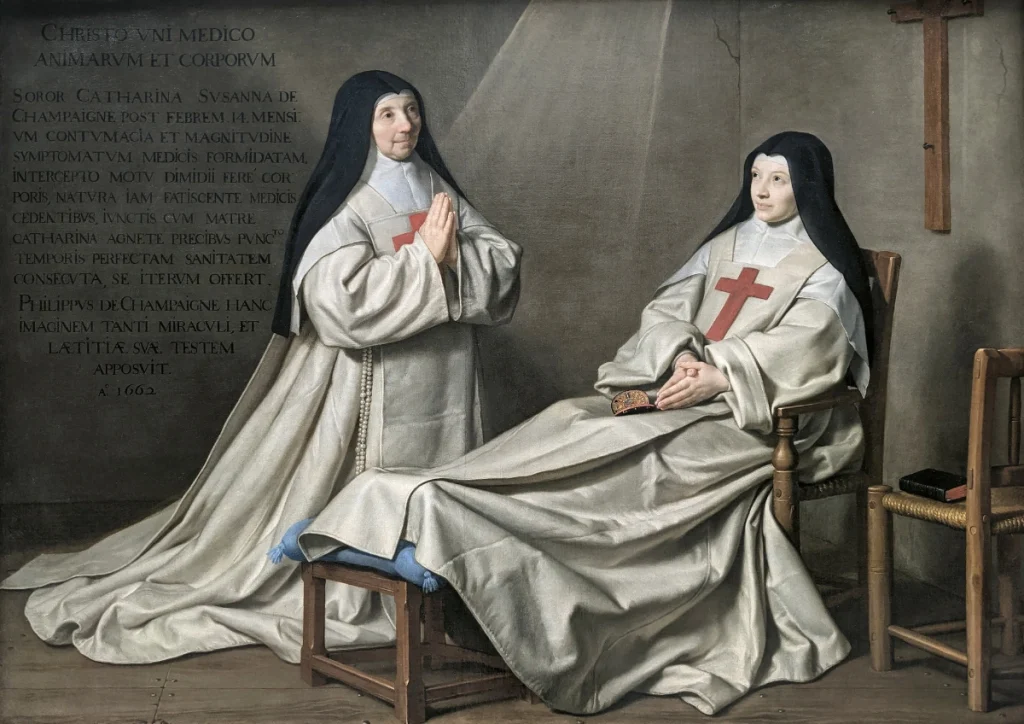
Courtesy – Wikipedia
Through these paintings, Champaigne explored themes of suffering and redemption, gratitude and grace, and human vulnerability and divine presence. These emotionally powerful pieces underscore his technical prowess and his deep personal spirituality, shaped by his involvement with Jansenism, a Catholic reform movement that emphasised moral rigour and asceticism.
Influences and Style: Flemish Precision Meets Italian Spirituality
Both Flemish and Italian Baroque traditions shaped Champaigne’s artistic style. From Flemish masters like Peter Paul Rubens, he adopted a sharp attention to detail and mastery of light and texture. The influence of Caravaggio and other Italian painters can be seen in his dramatic compositions and spiritually charged narratives.
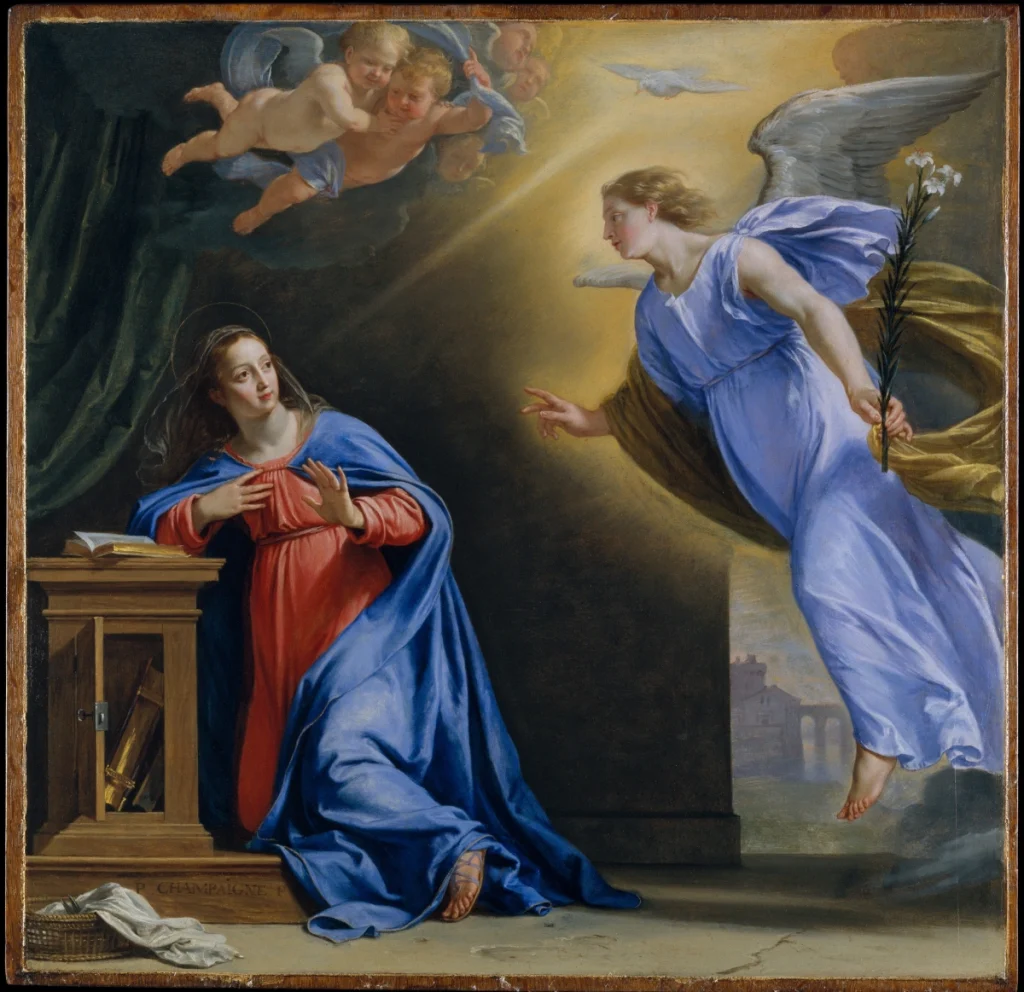
Courtesy – The Metropolitan Museum of Arts
His use of subtle lighting, calm, reflective atmospheres, and austerity and spiritual depth reflects a unique blend of Northern precision and Southern passion.
Legacy of Philippe de Champaigne
Philippe de Champaigne remains a towering figure in French Baroque art. His works are distinguished by their aesthetic grace, technical excellence, and spiritual intensity. Whether in large-scale religious scenes or intimate portraits, Champaigne communicated profound themes of faith, power, and humanity.
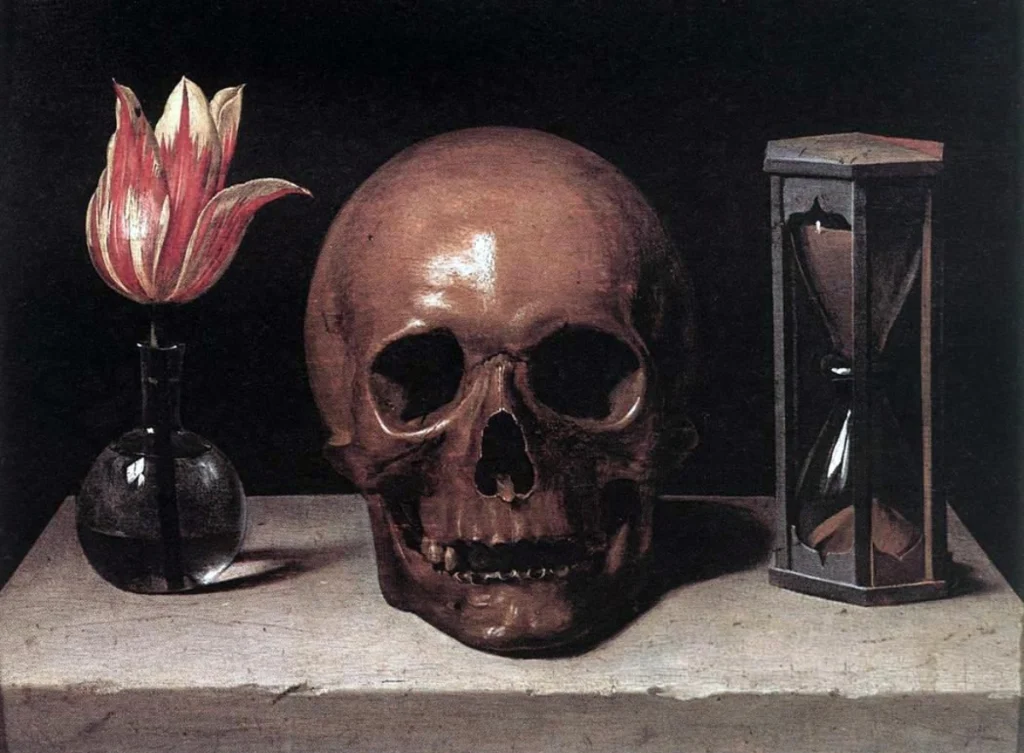
Courtesy – Wikimedia Commons
As art historians and enthusiasts revisit his The Last Supper, it becomes clear that Philippe de Champaigne deserves greater recognition beyond comparisons to da Vinci. His unique vision continues to inspire and resonate centuries after his passing.
Image – Philippe de Champaigne. The Last Supper (c. 1652), oil on canvas. Courtesy – Wikimedia Commons

Pratiksha is an art enthusiast and writer.

